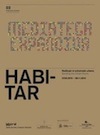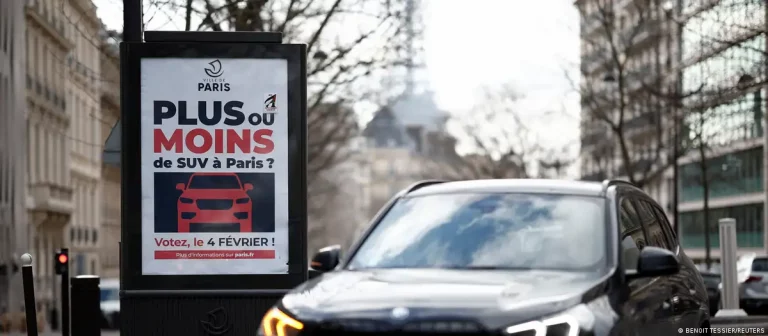Habitar – Bending the urban frame
“Utopian and radical architects in the 1960s predicted that cities in the future would not only be made of brick and mortar, but also defined by bits and flows of information. The urban dweller would become a nomad who inhabits a space in constant flux, mutating in real time. Their vision has taken on new meaning in an age when information networks rule over many of the city’s functions, and define our experiences as much as the physical infrastructures, while mobile technologies transform our sense of time and of space.
This new urban landscape is no longer predicated solely on architecture and urbanism. These disciplines now embrace emerging methodologies that bend the physical with new measures, representations and maps of urban dynamics such as traffic or mobile phone flows. Representations of usage patterns and mapping the life of the city amplify our collective awareness of the urban environment as a living organism. These soft and invisible architectures fashion sentient and reactive environments.
Habitar is a walk through new emerging scenarios in the city. It is a catalogue of ideas and images from artists, design and architecture studios, and hybrid research centres. Together they come up with a series of potential tools, solutions and languages to negotiate everyday life in the new urban situation.”
The exhibition shows projects by Timo Arnall, Julian Bleecker, Àngel Borrego – Office for Strategic Spaces, Nerea Calvillo, Citilab-Cornell, Pedro Miguel Cruz, Dan Hill, IaaC – Instituto de Arquitectura Avanzada de Cataluña, kawamura-ganjavian + Maki Portilla Kawamura + Tanadori Yamaguchi, Aaron Koblin, Philippe Rahm architectes, Marina Rocarols, Enrique Soriano, Pep Tornabell, Theodore Molloy, Semiconductor, SENSEable City Lab, and Mark Shepard.
The catalogue contains essays written by Benjamin Weil, José Louis de Vicente and Fabien Girardin, Molly Wright Steenson, Bryan Boyer, Usman Haque, Anne Galloway, Nicolas Nova, and José Pérez de Lama.




